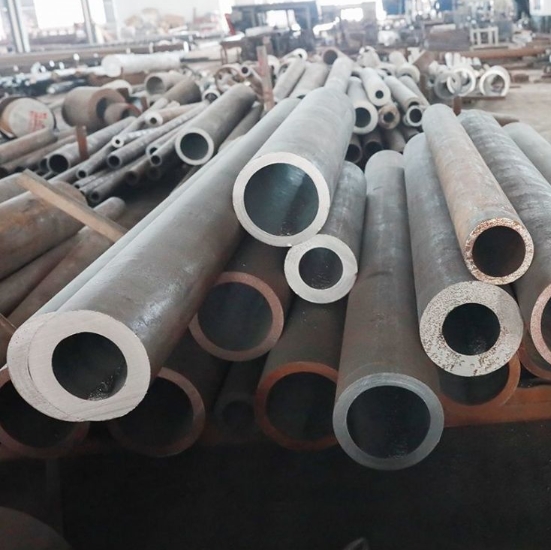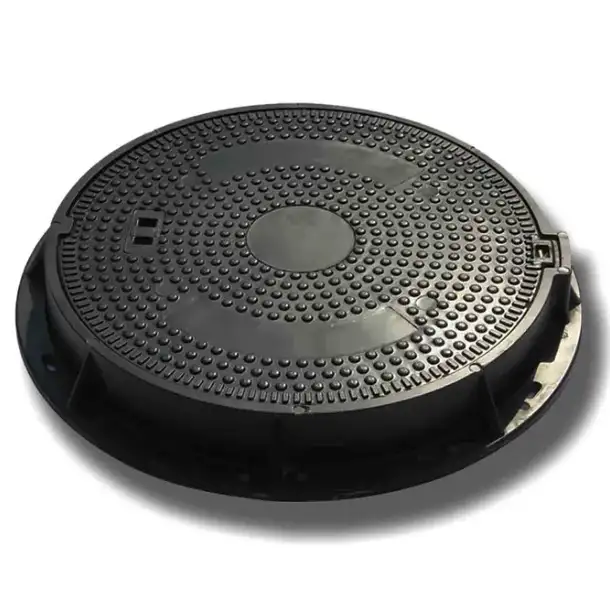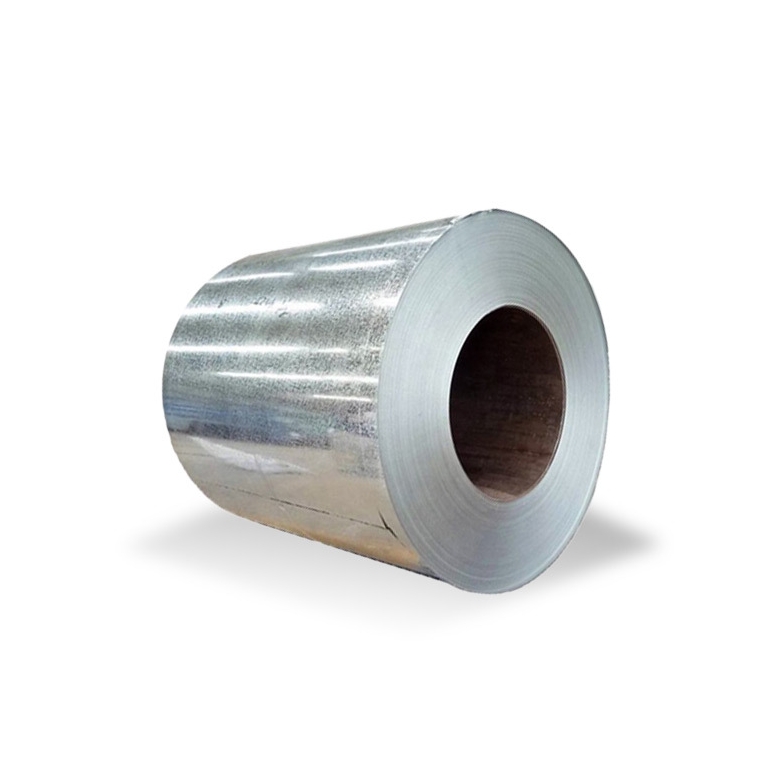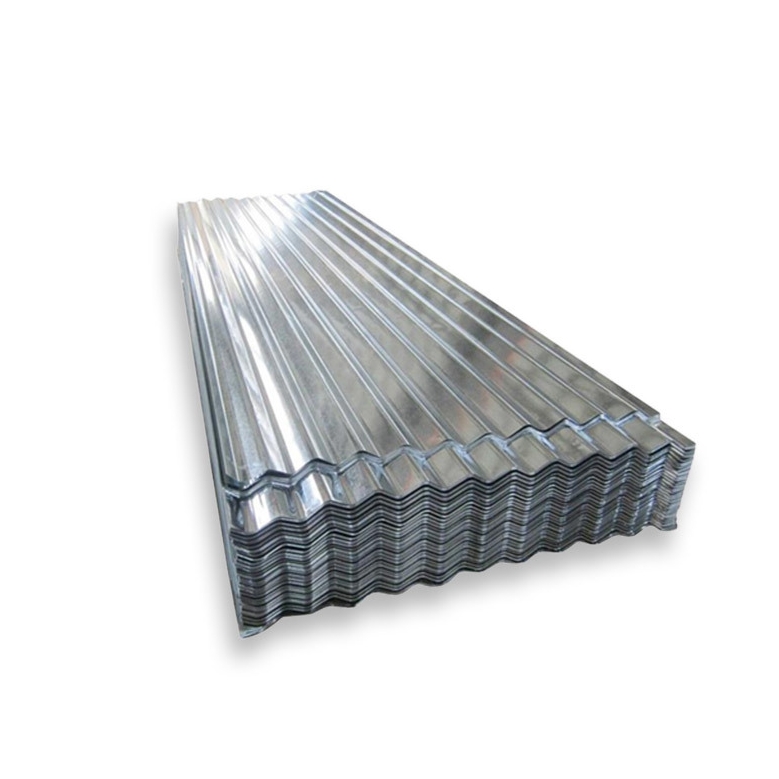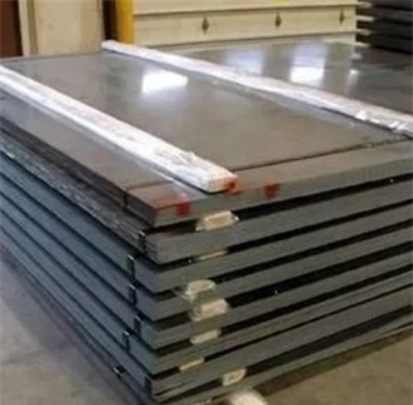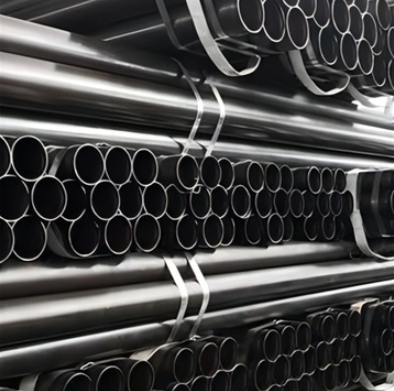In 2025, ductile iron flanged fittings remain cost-competitive for heavy municipal and industrial piping projects — we find factory-FOB prices from major Asian foundries commonly in the $850–$1,300 per metric-ton band for plain ductile-iron castings, while finished flanged fittings sold in western markets more often appear as unit prices that range from $100–$400 for small/medium shop items up to several thousand dollars for large-diameter custom flanged tees/elbows. Price differences are driven more by dimensional size, coating/lining (cement, epoxy, tar), testing and certification, and delivery terms than by base-metal cost alone.
We advise procurement teams to treat ductile-iron flanged fittings pricing primarily as a configuration problem rather than a commodity quote. Two identical fittings on paper can differ widely in price once you add cement lining, epoxy, flanged drilling (ANSI vs EN), hydrostatic testing, traceability paperwork, and packing for export. For a long-lead municipal contract, the true comparator is landed cost delivered to site, not factory unit price alone. Market demand and transport costs in 2024–2025 have stabilised but remain sensitive to freight and energy swings.
What are ductile iron flanged fittings?
Ductile iron (sometimes called spheroidal graphite iron) is a cast iron with improved tensile strength and ductility due to nodular graphite structure. It is widely used for heavy-duty pipe fittings that connect flanged pipe systems. Flanged fittings include elbows (45° / 90°), concentric reducers, tees (flange×flange×flange), crosses, and special fabrication pieces.
Common features buyers specify:
-
Material spec (ASTM A536 / EN/GJS grade)
-
Flange face and drilling (ANSI/AWWA/EN/ISO patterns)
-
Internal lining: cement mortar (AWWA C104), epoxy, or unlined
-
External protection: bituminous paint, epoxy coating, or fusion bonded epoxy
-
Pressure class (PN16, Class 125/150 etc.)
Standards references are important — we list them later.
Market snapshot — 2024 to 2025
Demand for ductile iron pipelines remained solid in 2024 and into 2025, driven by municipal water upgrades and replacement programs in many regions. Several market studies show steady market valuation and modest growth into 2025, supporting stable demand for fittings. However, price volatility persists at the component level due to steel/iron feedstock pricing, energy, and shipping. For long contracts, indexing or price review clauses are often used.
Key price drivers
-
Size / weight: mass is the largest cost driver; large diameters jump per-piece price dramatically.
-
Standards & testing: AWWA/ANSI/EN conformity and factory testing add cost.
-
Internal lining: cement mortar or epoxy lining increases process steps and price.
-
External coating & finish: specification and climate protection requirements matter.
-
Quantity & batch efficiency: MOQ and batch size strongly influence per-piece unit price.
-
Lead time: expedited production or stock shortages increase price.
-
Logistics: container space, breakbulk, inland transport and duties affect landed cost.
-
Certification and documentation: mill certs, material tests, traceability add administrative costs.
China pricing: factory / FOB benchmarks
From a practical procurement standpoint, many Asian foundries quote ductile-iron fittings either per-piece (for standard small sizes) or per-ton (for large custom casting orders). Typical factory FOB ranges we observed from verified supplier listings and trading portals in 2025 are roughly:
-
Factory (China) FOB — raw/unfinished ductile castings: US$900–$1,300 per metric ton for basic ductile castings (price depends on size mix, lining and packing). For small flanged fittings sold piece-by-piece, unit prices can be as low as US$5–$50 per piece for very small elbow sizes, but finished, tested, and coated flanged fittings rise above these simple ranges.
Note: Online directories show broad ranges because they mix raw casting tonnage quotes with fully finished, certified fittings offered at piece prices. For tenders, request itemized quotes showing raw casting weight, machining & finishing hours, coating, lining and packaging separately.
India pricing (domestic / export tendencies)
Indian foundries commonly sell fittings both domestically (INR per piece) and for export. Some product listings and supplier catalogs show small item prices starting around INR 600–1,800 per small fitting and tonnage quotes for raw castings in the ~US$800–$1,000 per ton region. India remains competitive for mid-size runs because of lower labour and local raw-material procurement advantages, but certification lead times (EN/AWWA) and finishing add to the final price.
USA pricing & distribution
In North America, many distributors sell small/medium ductile flanged fittings as unit-priced catalogue items. Retail/distributor prices for common 3″–16″ flanged fittings in 2025 often range $100–$400 per piece depending on type and listing. For large diameters (24″ and above) or special fabricated flanged tees/elbows, list prices run into the thousands of dollars per unit; published price lists from major fabricators show examples where large flanged tees are quoted in the $10k–$30k band depending on size and face-to-face dimension. US list and fabricator price publications are useful contract comparators but remember they often exclude duties and freight.
Europe pricing behavior and standards premium
European buyers frequently specify BS EN/ISO standards and place premium value on traceability, factory approval and environmental compliance. Export price indices for iron/steel tube fittings in EU trade data indicate a much higher export price equivalent (reflecting finished manufacture, certification and distribution) than basic-foundry FOB numbers — export statistics placed iron/steel tube fitting export prices in the multiple-thousand-dollars-per-ton range in recent reporting. Local supplier catalogues show retail prices in GBP that vary widely — from tens of pounds for small parts up to several thousand pounds for large fabricated items. The net effect: Europe often shows higher landed unit prices than Asian sourced FOBs, but the trade-off is often shorter lead times and tighter compliance.

Global price comparison table
The table below provides practical, procurement-level ranges for 2025. Use these as a checklist, not a guaranteed price. Always request a detailed breakdown.
| Region / Channel | Typical benchmark (2025) | Typical unit note | Primary drivers |
|---|---|---|---|
| China foundry (FOB) | US$900–$1,300 / metric ton. | Best for large-volume casting orders. | Raw material cost, energy, batch size |
| India foundry (FOB) | ~US$800–$1,050 / metric ton. | Competitive for mid-volume exports. | Labor, local iron ore/scrap costs |
| USA distributors / retail | US$100–$400 / small/medium unit; $5k–$30k+ for large/engineered units. | Catalogue vs fabrication price split. | Certification, labour, testing |
| Europe (wholesale / retail) | Equivalent to several thousand $ / ton for finished/exported fittings; retail unit prices similar to USA but often higher. | Shorter lead times; EN/AWWA compliance. | Standards compliance, local distribution |
Caveats:
-
The ranges mix per-ton and per-piece comparisons — that’s unavoidable because many suppliers quote by different bases.
-
Coating/lining adds $100–$600+ per ton equivalent on average; heavy duty epoxy or cement lining pushes numbers higher.
-
Small-piece catalogue prices include machining, packaging, and distributor margins; they are not comparable to bare-casting FOB.
How we (Luokaiwei) build a price
When we price a flanged fitting for an export tender we itemize like this (simplified):
-
Raw metal & scrap surcharge — weight × scrap/iron input rate.
-
Foundry direct cost — moulds, cores, melting, pouring, shakeout.
-
Machining — flange face, bolt-hole drilling, tapped holes.
-
Lining & coating — cement lining, epoxy application, curing.
-
Testing & QA — hydrostatic test, dimensional check, spectro, trace certificates.
-
Packing & export prep — wooden crate, anti-rust, fumigation.
-
Logistics & freight — container consolidation, inland trucking.
-
Admin & certification — mill certs, EN/AWWA conformance statements.
-
Margin — negotiated for order size and client relationship.
Breaking the quote down by these line items reduces procurement friction and frequently leads to faster approvals.
Standards, specifications and cost impacts
Standards commonly referenced by buyers and fabricators include:
-
ANSI / AWWA C110/A21.10 for many flanged fittings in North America. Compliance requires specific flange drilling and face finish.
-
BS EN 545 / ISO 2531 for European potable water ductile-iron pipes and fittings; conformance means documented testing and factory audits.
-
ASTM A536 material spec for ductile iron in many industrial contexts. Meeting a named standard raises procurement confidence and usually the price.
When a buyer switches from “standard product” to a certified product (ISO factory certified, EN/AWWA test reports, WRAS/NSF approvals), expect an incremental price step to cover testing & administrative overhead.
Quality control, inspection & testing costs
Typical extra costs that appear on quotes:
-
Hydrostatic testing (per fitting): small but essential.
-
NDT / spectro analysis: when chemical composition traceability is required.
-
Third-party inspection: inspector fees and travel or inspection at source.
-
Mill certificates and traceability: paperwork time and QA labour.
We recommend buyers always specify inspection point(s): prior to coating, post-machine, and at packaging. This reduces rework and unexpected price change orders.
Logistics, lead times & landed cost
Lead times in 2025 depend on order size and finish requirements:
-
Stock small catalogue items: days to weeks.
-
Made-to-order medium runs: 4–8 weeks typical.
-
Large diameters / custom fabricated: 8–20 weeks depending on pattern complexity and finishing.
Shipping cost volatility since 2022 has settled, but port congestion and container pricing still affect landed cost. For heavy fittings, Landed cost can add 20–50% to a FOB price for small orders — always request a delivered price for budgeting.
Negotiation tips & cost-saving strategies
We advise buyers to:
-
Buy by SKU family: group similar diameters to improve casting yield and reduce per-unit machining hours.
-
Specify minimal acceptable tests: if full certification is not essential, avoid unnecessary test steps.
-
Use packing consolidation: smaller orders consolidated in containers reduce per-unit freight.
-
Agree technical tolerances: looser tolerances where acceptable reduce machining cost.
-
Use staged payment & inspection: reduces risk and allows volume discounts.
For OEM suppliers, multi-year frame agreements with periodic price reviews (tied to indices) give suppliers certainty and often yield best pricing.
Quick procurement example
Project: DN300 flanged tee, cement lined, PN16, EN545, quantity 20.
-
China factory FOB per-piece base casting: US$280
-
Machining & flange drilling per-piece: US$45
-
Cement lining & curing per-piece: US$30
-
Packing & export (20 pcs in container): US$12 per-piece
-
Third-party inspection & certs (shared): US$8 per-piece
-
Total FOB ≈ US$375–380 per unit
-
Add freight & duties → Landed ~ US$450–520 / unit depending on route.
This shows how quickly a flop of raw-casting price shifts once finishing and logistics are included. Always ask suppliers for this level of breakdown.
FAQs
Q1 — Should I compare prices per ton or per piece?
A1 — Use both. For large custom casting orders a per-ton comparison saves time. For catalogue items compare per-piece landed costs. Always request a detailed cost breakdown (casting weight + machining + lining + testing + packing + freight).
Q2 — How much does cement lining add to cost?
A2 — Cement mortar lining commonly adds an equivalent of $80–$200 per ton processed into per-piece cost, depending on size and curing cycle. It also increases lead-time slightly due to curing.
Q3 — Is Europe always more expensive than China?
A3 — Typically Europe shows a higher finished/landed price because of stronger labour and certification costs. But for small urgent orders Europe can be cheaper once freight and import clearance from Asia are counted.
Q4 — Which standards should I require in tenders?
A4 — For North America require AWWA C110/A21.10 plus ASTM A536 material spec. For Europe require BS EN 545 / ISO 2531 and specify lining/coating standards (e.g., AWWA C104 for cement lining). Asking for specific test reports (hydrostatic, chemical) avoids ambiguity.
Q5 — How do I control price volatility?
A5 — Use framework purchase agreements with indexation for steel/energy, or request price holds for 30–90 days. For large projects, split orders into firm and optional tranches to lock in competitive prices early.



